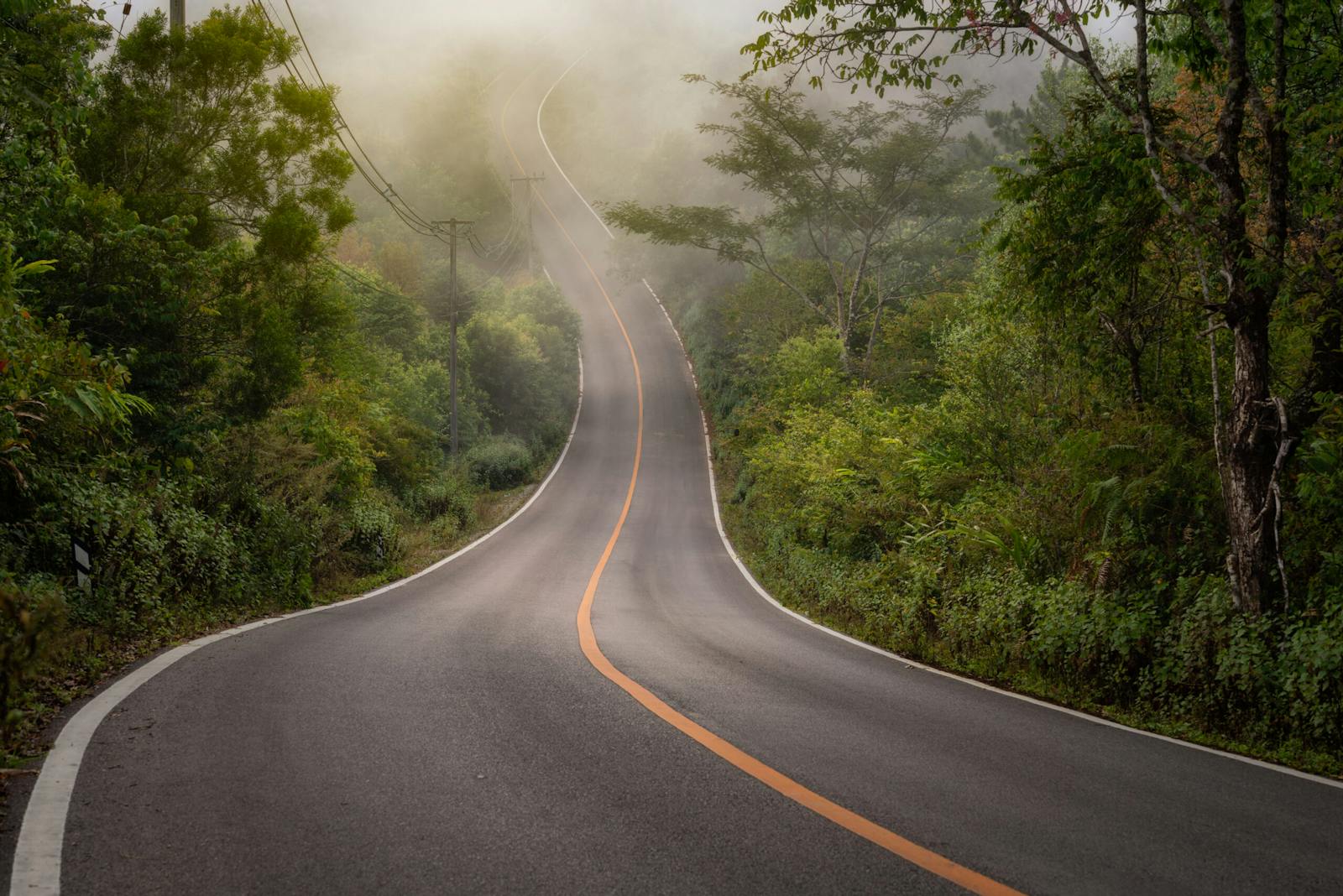A mud-in-your-face look at why prewar cars are surging

We drew to a halt, my face spattered with mud and my previously clean jeans dotted with oil spots. My hands ached from gripping the huge, wooden steering wheel and my face hurt from grinning. This was a good way to earn a living, I found myself thinking. Suddenly, the cacophony subsided as Tom Hardman, my passenger, switched off the engine. My ears rang with the noise.
Tom rang me after having read an article I wrote a few weeks prior for Hagerty UK about pre-war car trends showing increased interest from younger generations. “I have a great car you should try out,” he told me. “It’s a bit different.” I had been meaning to visit Tom’s eclectic showroom in the stunning Ribble Valley north of Manchester, England, so it was just the excuse I needed.
Different is an understatement. The original remains of this 1908 Brasier were found in Australia in 2003 and brought to the UK where, along with other parts sourced mostly in the car’s native France, it was rebuilt in the style of the Brasier racing car driven by Léon Théry to victory in the Gordon Bennet Cup races of 1904 and 1905. The trickiest part was the engine, the original four-cylinder, 11 ¼-Litre having long since disappeared. Instead, an 11.7-Litre V8 Hispano-Suiza aero engine of a type made under license by Brasier was found and the bodywork slightly scaled up to encase the new motor.

The result is spectacular. As many original parts as possible were sourced and the rest have that type of patina which is either the result of an exceptional survival story or which are reproduced at great cost. From the wooden plank floor to the erratically-dancing rev counter, it all just feels right. The beast of an engine spits fire from its eight stub exhausts and spins huge, exposed chain drives that threaten to entangle any limbs, pets or loose clothing that strays too close. The original 90hp engine would have been tame in comparison to this 220 bhp beast that with the right gears will top 140mph, and it’s clear to see why it has been such a popular competitor at Le Mans Classic and Goodwood.
Then there’s the drive. After a stint in the passenger seat, Tom allowed me to take the wheel and I gingerly set off. Despite the steampunk orchestra that accompanied me, I was surprised to find that it wasn’t too difficult: the pedals were all in the correct place, the steering and brakes worked as they should and the gearchange wasn’t too tricky. Very quickly, I found I was able to relax and start to explore what this wonderful old car could do. Through tree-shrouded lanes and along riverside roads we thundered, drawing waves and smiles from the surprised ramblers we passed along the way.
It’s fair to say I fell in love with this old racing car. Yes, it has big numbers, but the point is you feel every one of them: every mile-per-hour gained feels like ten, every compression cycle of the engine pulses through your body in shockwaves. When you brake, you feel what each tyre is doing as they skitter along the road. It gives a pure, unadulterated motoring experience like nothing else I’ve driven.

It turns out I’m not alone in my enthusiasm. 2021 showed a significant increase in the sell-through rate of prewar cars (up ten points from 60 per cent to 70 percent) and a big reduction in the number of cars selling for under low estimate (just 10 percent compared with 41 per cent in 2020). In general, prewar cars seemed to sell better at auction in 2021 compared with the previous year. Also, the demographics of owners are changing—and in an encouraging fashion. Younger drivers are warming to these aging cars: from 2019 to 2021, the number of Millennials insuring prewar cars with Hagerty grew by 65 percent; for Generation X (born between 1965 and 1980) it rose by 32 percent; while the number of owners born before 1946 fell a little, by two per cent.
My time wheeling the Brasier painted a bellowing, visceral picture of why we’re seeing healthy trends in the prewar market. This answer can also be found in the other trends Hagerty has highlighted through the year just gone. The types of cars making headway with younger buyers are the analog cars: those with turbo chargers, manual gearboxes and roaring mid-engine V8s. These cars are the antithesis of the sanitized, electric, driver-aid-stuffed models that populate our roads today and are likely to dominate in a few years. True car enthusiasts have realized that the ultimate expression of an affordable, exciting and usable analogue car can be found in the prewar era.

Attempts by organizations such as the Vintage Sports Car Club and Motorsport UK to encourage the participation of younger drivers are having a positive effect, plus there’s another factor that often remains unsaid: in 100 years’ time, even if every car is an autonomous, networked capsule and all standard classics that aren’t in a museum have been converted to electric motors, the Tarmac at Goodwood will – we sincerely hope – still be warmed by the screeching tyres of cars like this Brasier, firing flames from their exhausts and filling the air with the sounds and smells of authentic, adrenalin-inducing motoring. That, surely, is what our passion is all about.
Take a deeper dive into the prewar car scene, with the latest edition of Obsession.
With many thanks to Tom Hardman of Tom Hardman Ltd, Foxfields Farm, Clitheroe.

